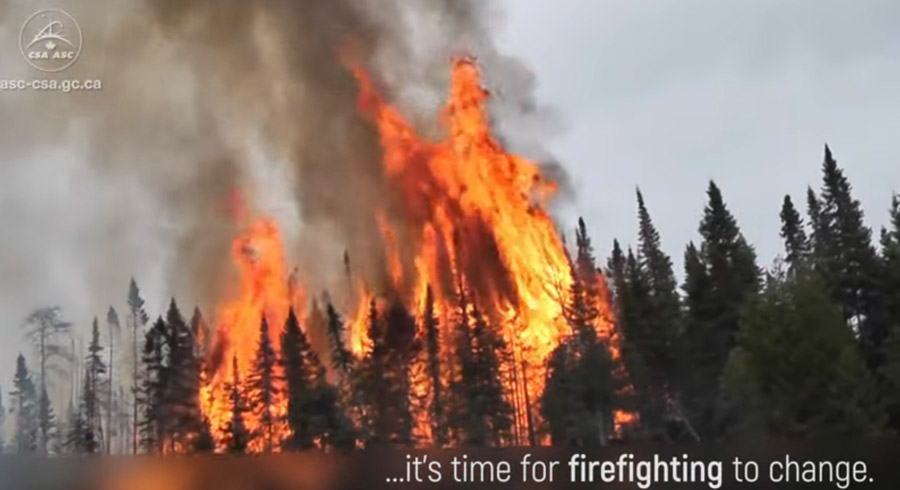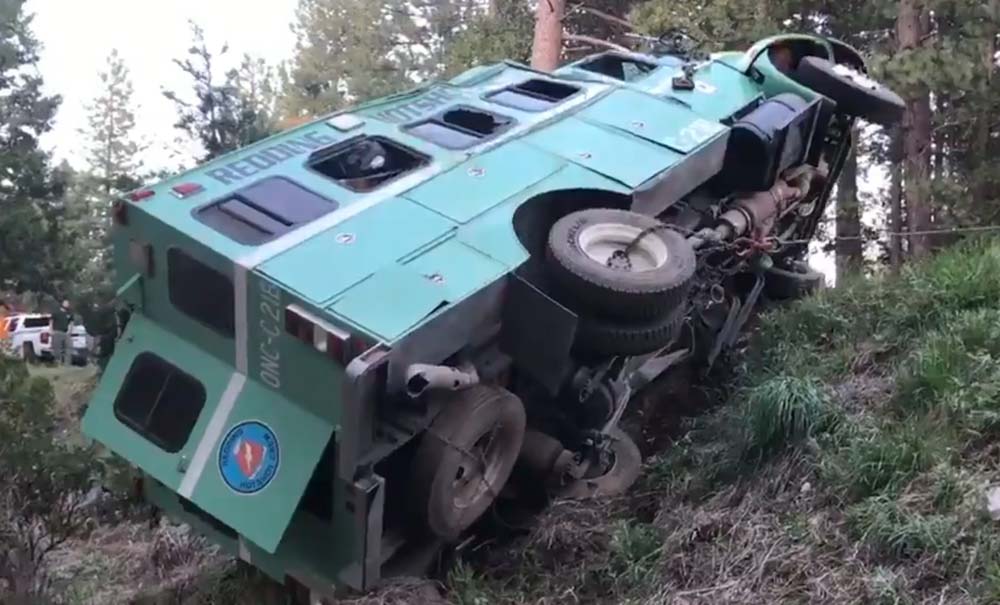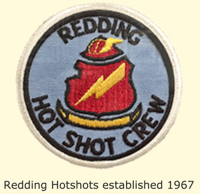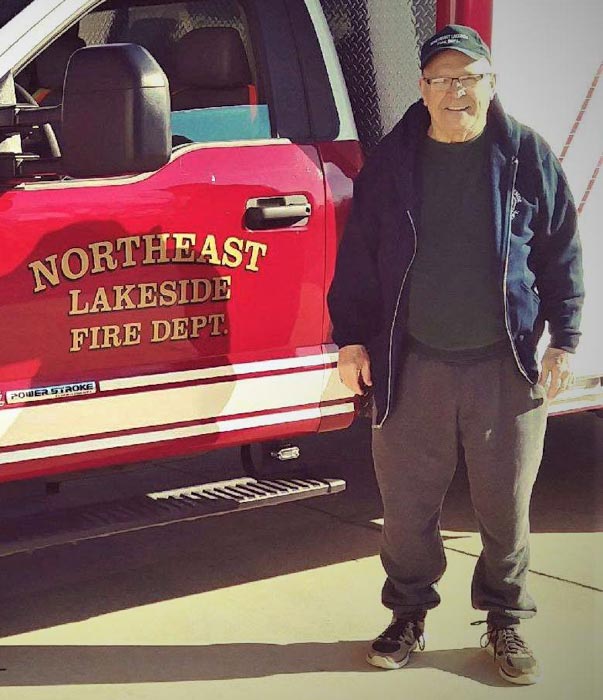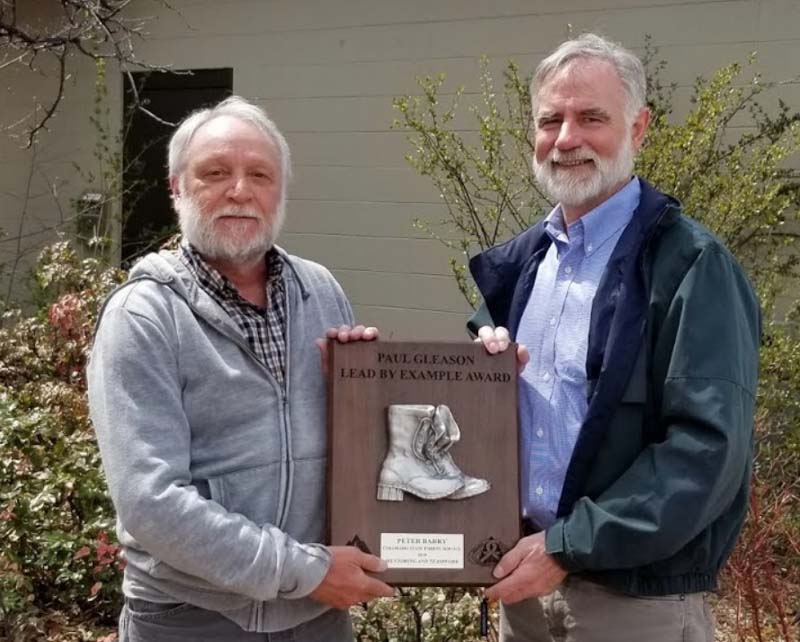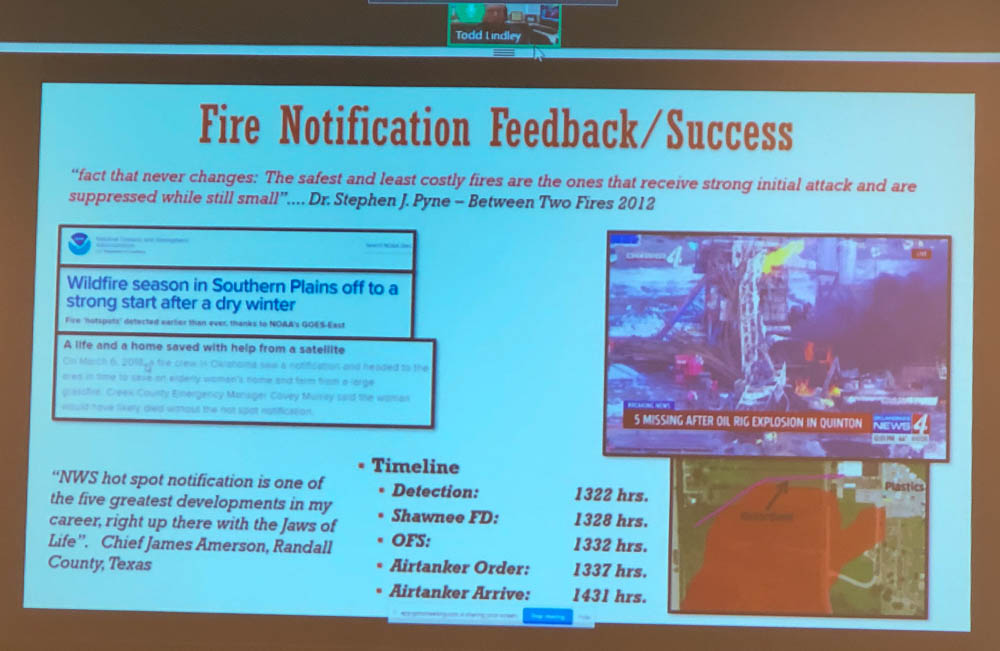On May 1 the Predictive Services section at the National Interagency Fire Center issued their Wildland Fire Potential Outlook for May through August. The data represents the cumulative forecasts of the ten Geographic Area Predictive Services Units and the National Predictive Services Unit.
If NIFC’s analysis is correct, the wildfire potential in areas along the west coast will grow substantially into the summer.
The multi-year drought in California has been virtually neutralized due to substantial quantities of winter rain and snow. An area to watch will be the west sides of Oregon and Washington.
Below:
- An excerpt from the NIFC narrative report for the next several months;
- More of NIFC’s monthly graphical outlooks;
- NOAA’s three-month temperature and precipitation forecasts; and,
- Drought Monitor.
“Greenup is occurring across the nation entering May; fuels across the Southwest are now drying and curing and will become increasingly receptive to fire activity as the month progresses. Looking north, Alaska’s interior is becoming drier and increasing activity is expected. By late May and early June, California and the southern Great Basin will see an increase in activity as fine fuels dry and cure. In July, low and middle elevation fine fuels will dry across the remainder of the West and will gradually become receptive to fire activity from south to north. Unlike most years, there could be a delayed start to the season in the higher, timbered elevations due to preexisting weather conditions and slower than average snowpack melting rates. An exception to this could be along the Canadian Border with Washington, Idaho, and western Montana where below average snowpack and moderate drought conditions exist. These areas can expect an average start to the season with a potential for above normal activity. A normal transition out of fire season is expected across Alaska in July. The onset of the southwestern monsoon may be slightly delayed.
“August marks the beginning of the peak of the western fire season. Most of the country can expect Normal conditions. Exceptions will be along the West Coast. A heavy crop of grasses and fine fuels has developed across California and should elevate the potential as it cures and dries. Higher elevations in the Sierra will likely see a late entry into the season due to the record-setting snowpack and slow meltoff. The Pacific Northwest has entered a period of moderate drought. An early entry is possible across the Cascades and in the Okanogan. Elsewhere, some high elevations across the Great Basin and central Rockies could experience Below Normal potential and conditions.”



